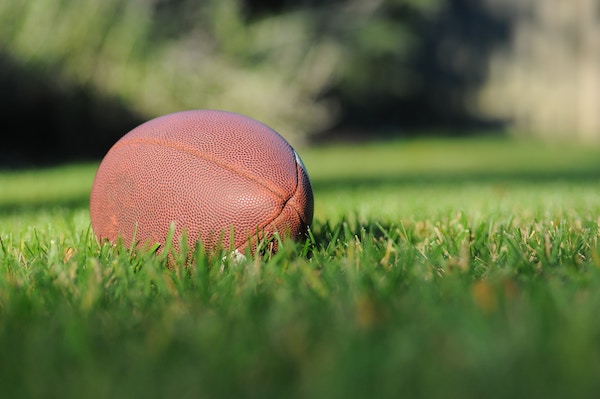I was recently asked by Nick Rishwain of Experts.com to provide feedback on their recent article NFL Investigating Panthers for possible breach of concussion protocol. I appreciate Experts.com asking me to contribute to this discussion.

The play involving Cam Newton happened on second down during the fourth quarter of a close wild card game. He attempted to walk to the sideline but fell to the ground and had to be helped off the field. The Panthers brought in their backup quarterback, Derek Anderson, for third down, while Cam Newton was evaluated in the Panthers’ medical tent on the sideline. After sitting out third down, Newton returned to the field for the Panthers’ next set of downs.
NFL Concussion Class Action
After recognizing the life-long and lethal consequences of poor treatment and protocol for concussions, a class-action lawsuit was filed on behalf of NFL players in 2011. In fact, it’s estimated that nearly 3 in 10 retired NFL players could develop Alzheimer’s disease or dementia, devastating diseases which require significant treatment. The lawsuit alleges that the NFL hid its evidence of the link between concussions and chronic traumatic encephalopathy (CTE). CTE is a degenerative brain disease found in people who have experienced repeated brain trauma.
The suit was originally settled for $765 million in 2013, but the figure was revised up to an estimated $1 billion after concerns the cap would not adequately cover the 20,000 retired NFL players. The settlement extends for the next 65 years.
NFL Concussion Protocol
Although Newton played well for the rest of the game, many question whether the Panthers followed proper NFL concussion protocol. The NFL concussion protocol requires players to go to the locker room if the player shows “gross or sustained vertical instability” which would consist of stumbling, falling, off-balance, etc.
Newton’s fall after trying to reach the sidelines would seem to fit squarely into the locker room evaluation category. Even if the Panthers violated procedure, it may not have been intentional, as the new rules were announced only days before the Panthers game. The revised protocol was implemented after the Texans’ Quarterback was allowed to return to the game under suspicion of concussion.
In addition to the locker room evaluation requirement, the revised protocol required other changes:
- A centralized, unaffiliated neurotrauma consultant at the NFL offices who can call for players to be taken out of the game if a concussion is suspected
- Removal of a player for the remainder of the game for showing signs of seizure or fencing
- “Vertical Instability” requires a locker room evaluation (discussed above)
- Immediate evaluation by medical staff when a concussion is suspected
- Required follow-up evaluations next day for players suspected of concussion
Concussions for College Athletes
Concussion litigation is also occurring at the collegiate level. The NCAA settled a previous class action lawsuit in 2017 for about $75 million to provide free medical screening for former NCAA athletes. The NCAA released new guidelines for concussions in 2014 and continue to revise those guidelines each year.
So what are the high points of NCAA’s concussion protocol?
- Recognition and Diagnosis
- Removing student-athletes who show signs of concussion from practice or gameplay to be evaluated by medical staff
- Upon a positive concussion diagnosis, removal of the player from the current game
- Post-concussion Management – injury assessment at time of injury; implementation of emergency plan as warranted; transportation to nearest hospital for Glasgow Coma score less than 13 or unconsciousness for more than one minute
- Serial evaluation upon discharge of medical care
However, many collegiate athletes feel the suit did not provide adequate protection for injuries. That’s why over 100 former collegiate athletes have formed a new class action lawsuit against the NCAA which alleges the governing body was aware of the dangers posed by concussions and failed to protect student athletes. The lawsuit further alleges that the NCAA’s protocols are still grossly inadequate today.
Concussion protocol continues to evolve as we learn more behind the science of concussions. As we continue to fully understand the ramifications of repeated head blows and head trauma at young ages, more procedures will likely be necessary. One thing is certain however, that athletes want to stay on the field so these protocols need to take into consideration athletes may mask their symptoms to get back in the game.
For an in-depth scientific study of concussions in athletes, check out this study. For young athletes, we recommend reading this pamphlet from the CDC.